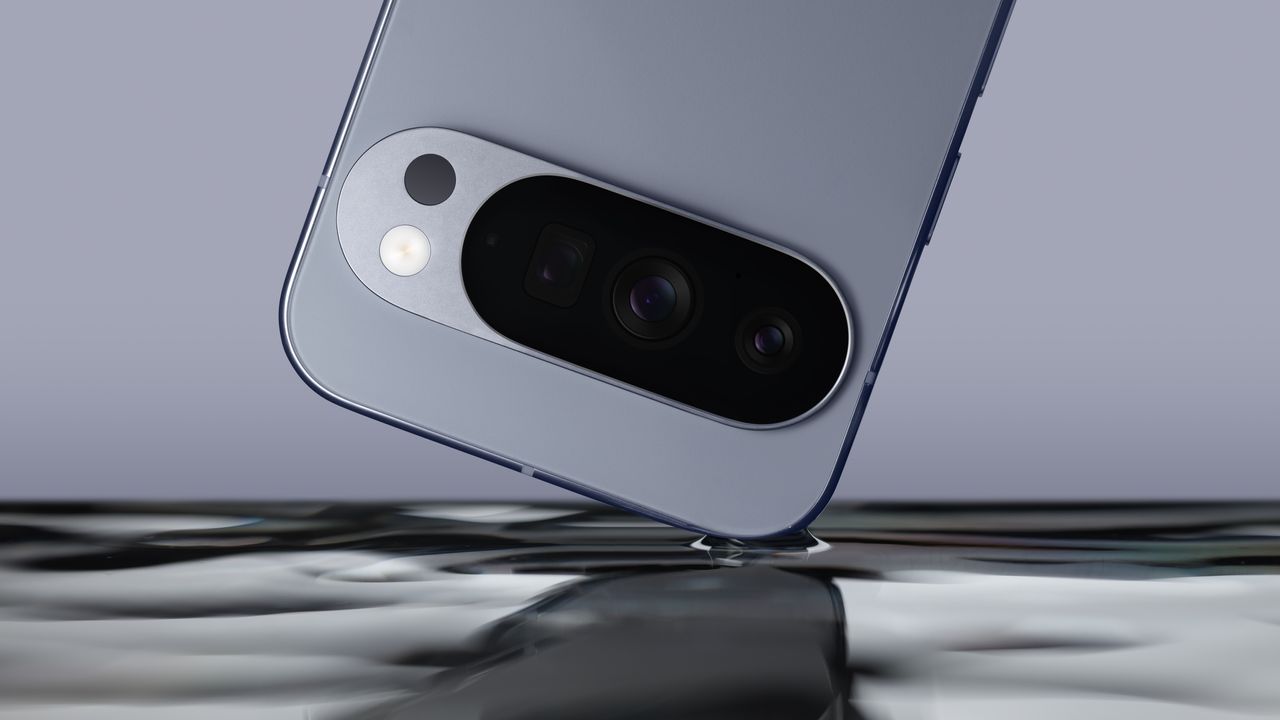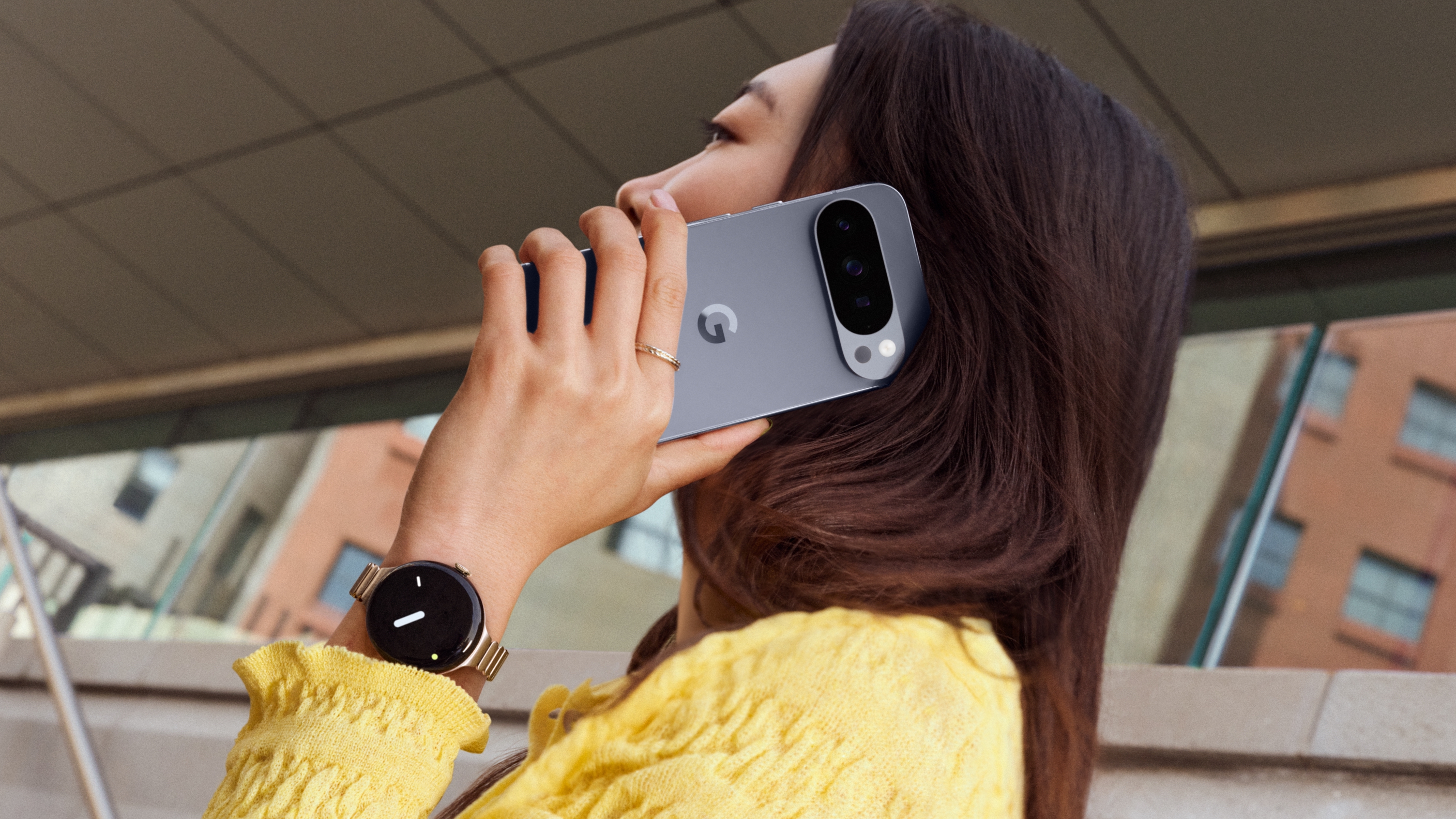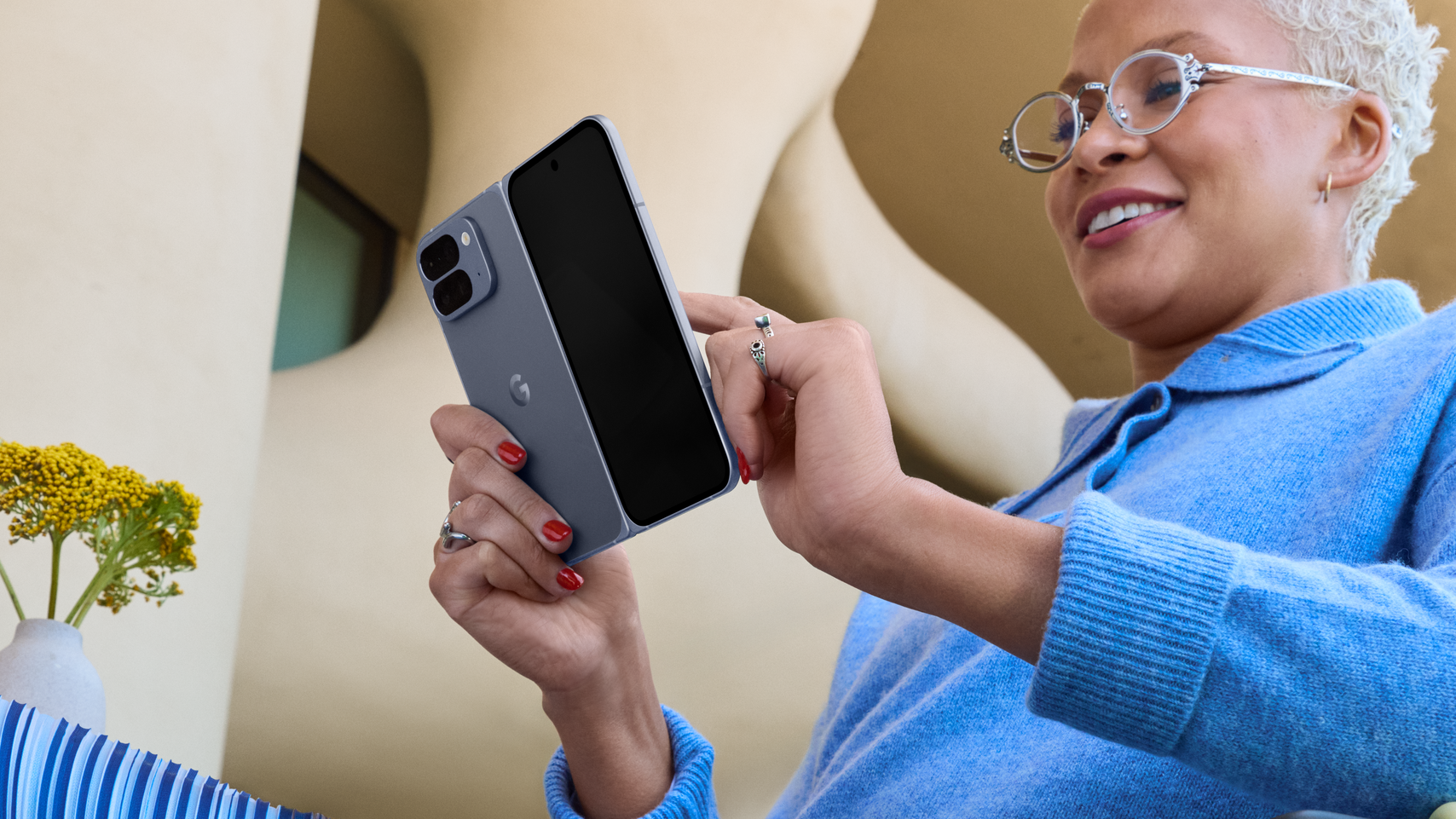
Google isn’t waiting for Apple this year to make the first move, with the company unveiling its new Pixel 10 family a little earlier than usual – and it’s a big one. Alongside three new Pixel 10 phones, Google also introduced the Pixel 10 Pro Fold, the Pixel Watch 4, the Pixel Buds 2a, and a ton of accessories.
Unsurprisingly, with it being the buzzword of the moment, the launch is all about AI. Powered by the new Google Tensor G5 chip, which brings a 60% more powerful AI engine, a 34% faster CPU, and a custom image signal processor designed to deliver sharper images and video, every device in the Pixel 10 generation leans heavily on Google’s Gemini-powered intelligence, with Pixel photography getting some shiny new AI-powered features.
Alongside the plethora of AI editing features in Google Photos, like Magic Eraser, Auto Frame, and Sky replacement – new AI modes include an improved Auto Best Take that merges multiple photos to create a final shot where everyone is looking eyes-open into the camera, and the Add Me tool from previous models now works with even bigger groups.
The most intriguing though is Google's new Camera Coach, which Google claims will offer live suggestions on framing, composition, and lighting, choosing the right settings for your photos, and understanding the "foundational concepts" of photography. Big claims that I'm looking forward to reviewing when I get my hands on the devices.
Pixel 10, Pixel 10 Pro & Pixel 10 Pro XL

The big headline feature for the base Pixel 10 is a new triple camera system, for the first time featuring a telephoto lens. Although, before you get too excited, to keep some separation with the Pro models, the standard Pixel 10 does get lesser camera hardware, with smaller, less megapixel dense sensors. The standard Pixel 10 comes with a 48MP wide camera, a 13MP ultrawide (with macro), and a 10.8MP telephoto lens capable of 5x optical zoom and up to 20x Super Res Zoom. On the front, it sports a 10.5MP selfie camera with autofocus.
The Pixel 10 Pro and Pro XL take things further. Both feature a 50MP wide camera, a 48MP ultrawide with macro focus, a 48MP 5x telephoto lens capable of up to 100x Pro Res Zoom, and a 42MP selfie snapper. If you think this sounds familiar – it is. This is the same setup of cameras Google used on the Pixel 9 Pros. It’s not unusual for Google to use the same sensors for multiple generations – but hopefully, Google has tweaked the software enough for these cameras to feel like a fresh update.
Video, unfortunately, doesn’t appear on paper to have seen any major improvements from the previous generation. All models support 4K60p video, while the Pro models can also shoot in 8K at up to 30 frames per second – although this requires the use of Google’s cloud-based Video Boost upscaling. With rivals offering 4K120p and on-device 8K, Google is looking a little behind the curve here.


Beyond the cameras, the Pro models separate themselves from the base model with higher-resolution Super Actua LTPO displays. The Pro XL sticks to the 6.8-inch screen dimensions of its predecessor, while the 10 Pro and 10 both have more pocket-friendly 6.3-inch screens. The Pro models also boast WiFi 7, Bluetooth Ultra-Wideband support, and the so-far underutilized temperature sensor is also sticking around for another generation.
The Pro XL carries the largest battery of the bunch at 5200mAh, and can also access faster 45W wired and 25W wireless charging speeds than its siblings – which are limited to 30W wired and 15W wireless rates. This means the Pro XL can charge to 70% in just 30 minutes, or to 55% in 30 minutes on the other models.
Google is also introducing Pixelsnap. Pixelsnap is Google's new MagSafe-rivalling magnetic wireless charging system, conveniently attaching to accessories such as gimbals, grips, and mounts without requiring a case – opening the Pixel 10s up to a range of accessories previously aimed squarely at iPhone shooters.
The Pixel 10 and 10 Pro storage options start at 128GB, with the 10 Pro XL starting at 256GB, and both Pro models top out at a hefty 1TB.
The Pixel 10 is available in Indigo Frost, Lemongrass, and Obsidian, and starts at $799 / £899 / AU$1,349.
The Pro models come in Moonstone, Jade, Porcelain, and Obsidian, with the 10 Pro starting at $999 / £999 / AU$1,699 and the 10 Pro XL starting at $1,199 / £1,199 / AU$1,999.
Pixel 10 Pro Fold
The Pixel 10 Pro Fold is Google’s latest take on the book-style foldable. It boasts an 8-inch Super Actua Flex inner display alongside a 6.4-inch outer screen. When closed, it’s slimmer than its predecessor thanks to a new gearless hinge, which Google claims is engineered to last for over a decade of daily folding. Device longevity is also supported by Gorilla Glass Victus 2, anti-impact film layers, and an IP68 water and dust resistance rating.
However, with a thickness of 5.2mm/10.4mm (unfolded/folded), the Pixel 10 Pro Fold can't quite compete with the latest models from Honor, Oppo, or Samsung, with the latest Galaxy Fold 7 clocking in at just 4.2mm thick when unfolded, and 8.9mm folded.
Like the other Pixel 10 Pros, the 10 Pro Fold's camera hardware looks to be the same setup again this year. The 10 Pro Fold includes a 48MP wide camera, a 10.8MP 5x telephoto lens with 20x Super Res Zoom, and a 10.5MP ultrawide camera with macro focusing, plus 10MP selfie cameras on both the inner and outer displays. However, the 10 Pro Fold will benefit from all of Google's new AI photography.
The Pixel 10 Pro Fold starts at $1,799 / $1,749 / AU$2,899 for 256GB of storage, up to $2,149 / £2,099 / AU$3,289 for 1TB, and will come in either Moonstone or Jade.

You might also like...
Not sold on the new Pixels? For more options, check out our top picks for the best camera phone or the best Android phone you can buy right now







